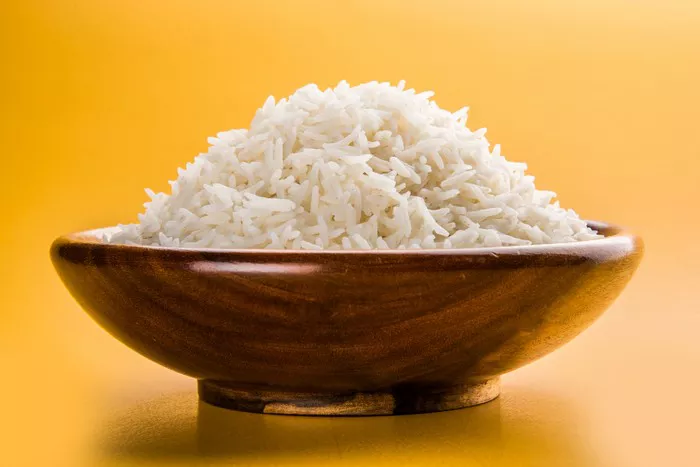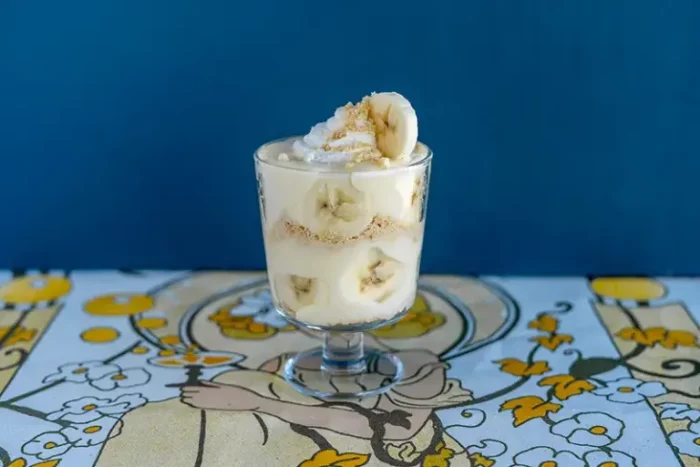Jollof rice is one of the most popular and beloved dishes in West Africa. The flavorful, spiced rice dish is often a centerpiece at celebrations, family gatherings, and everyday meals. However, when it comes to the title of the best jollof rice, there is an ongoing debate among West African countries, particularly Nigeria and Ghana. Both nations claim to have perfected the recipe, each offering a unique twist on this iconic dish. In this article, we will explore the history, variations, and the passionate rivalry between Nigeria and Ghana to determine which country truly has the best jollof rice.
What is Jollof Rice?
Jollof rice is a one-pot rice dish made with tomatoes, onions, and a blend of spices, typically served with meat, fish, or vegetables. The core ingredients of jollof rice include rice, tomatoes, onion, bell pepper, and various seasonings such as thyme, curry powder, and bay leaves. The rice is often cooked in a rich tomato sauce, which gives it a distinctive red color and deep, savory flavor.
The dish has roots in West Africa, where it is prepared in many different ways, with regional variations based on local ingredients and cooking methods. The dish is named after the Wolof people of Senegal, whose ancient empire once controlled the region, although it has become popular throughout much of West Africa.
The History of Jollof Rice
The exact origin of jollof rice is a subject of debate, but it is widely believed to have originated in Senegal. Over time, the dish spread throughout West Africa, each country adding its own touch to the recipe. It became a staple in the region due to its versatility, affordability, and the ease with which it can be prepared in large quantities.
The spread of jollof rice from Senegal to other parts of West Africa was largely influenced by trade, migration, and colonial history. During the colonial period, the dish was adapted to suit local tastes and available ingredients, leading to distinct regional versions.
The Jollof Rice Rivalry: Nigeria vs. Ghana
The rivalry between Nigeria and Ghana over who makes the best jollof rice is well-known and often playful but intense. Both countries boast rich culinary traditions and take great pride in their versions of jollof rice. While there is no definitive answer to which country makes the best jollof rice, the debate is a fun and important aspect of the culture in both nations.
Nigerian Jollof Rice
Nigerian jollof rice is arguably one of the most well-known versions of the dish, and it has earned a reputation for being flavorful and bold. Nigerian jollof rice is often cooked with a generous amount of tomatoes, onions, and a mix of spices, which gives the dish a deep, tangy, and spicy flavor.
Key Characteristics of Nigerian Jollof Rice:
Tomato Base: Nigerian jollof rice typically uses a rich tomato paste or blended tomatoes to form the base of the sauce. This gives the rice its signature red color and enhances the overall flavor.
Spices and Seasonings: The dish is seasoned with a variety of spices, including thyme, curry powder, and bay leaves. The use of seasoning cubes, such as Maggi or Knorr, is also common, giving the rice its rich umami taste.
The Cooking Process: Nigerian jollof rice is often cooked in a two-step process. First, the tomato paste is cooked until it thickens and intensifies in flavor. Then, the rice is added and simmered in the sauce, absorbing all the flavors.
Accompaniments: Nigerian jollof rice is typically served with grilled or fried chicken, goat meat, beef, or fish. It is often accompanied by fried plantains, a side salad, or steamed vegetables.
Nigerian jollof rice is famous for its intense flavor and the rich depth of the tomato sauce. It is often cooked in a large pot, allowing the rice to steam and soak in the flavors from the sauce.
Ghanaian Jollof Rice
Ghanaian jollof rice is another version that has its own unique characteristics. While the basic ingredients are similar to those in Nigerian jollof rice, there are some notable differences in the preparation and cooking methods.
Key Characteristics of Ghanaian Jollof Rice:
Smokier Flavor: One of the defining features of Ghanaian jollof rice is its smoky flavor. This is achieved by cooking the rice over a low heat and allowing it to slightly burn at the bottom, creating a layer of crispy rice known as “charred rice” or “party rice.” This smoky flavor is a key point of pride in Ghana.
Tomato Base with a Twist: Similar to Nigerian jollof rice, Ghanaian jollof also uses tomatoes and onions as the base. However, some Ghanaians prefer to blend their tomatoes with a small amount of ginger and garlic, which gives the rice a slightly more aromatic taste.
Rice Cooking Technique: Ghanaian jollof rice is typically cooked in one pot, with the rice being added directly to the tomato sauce. The rice is left to absorb the sauce completely, creating a rich, flavorful dish.
Accompaniments: Like Nigerian jollof, Ghanaian jollof rice is often served with grilled meats or fried fish, fried plantains, and vegetables. The addition of a spicy pepper sauce on the side is also a common feature of the Ghanaian jollof experience.
The key difference in the Ghanaian approach is the emphasis on the smokiness of the rice, which has become a signature characteristic of the dish. Ghanaians often pride themselves on achieving the perfect balance of smoky flavor and tenderness in their jollof rice.
The Jollof Rice Taste Test: What Sets Them Apart?
While both Nigerian and Ghanaian jollof rice are similar in many ways, the taste and texture are often distinct enough to spark passionate debate. Here are some of the key differences between the two versions:
Flavor Profile: Nigerian jollof rice tends to have a bolder, spicier flavor, with a rich, tangy tomato base. The use of seasoning cubes adds an extra layer of umami. Ghanaian jollof rice, on the other hand, often has a subtler, more aromatic flavor, with a distinctive smoky aftertaste.
Rice Texture: Nigerian jollof rice is often slightly firmer, with individual grains that don’t stick together too much. Ghanaian jollof rice can be a bit softer and stickier, especially if the rice is overcooked to achieve the smoky crust.
Color: While both versions have a red hue, Nigerian jollof rice tends to be a deeper, richer red, thanks to the use of concentrated tomato paste. Ghanaian jollof rice might be a little lighter in color but is still visually striking.
Smokiness: This is one of the most noticeable differences. The smoky flavor in Ghanaian jollof rice is achieved by cooking it over a low heat, often with the lid of the pot left slightly ajar, allowing some rice at the bottom to char. Nigerian jollof rice generally does not have this smoky flavor, though it can have a slightly crispy bottom if cooked in a large pot.
Other Variations of Jollof Rice Across West Africa
While the rivalry between Nigeria and Ghana dominates the conversation around the best jollof rice, it’s important to note that other West African countries also have their own versions of the dish.
Senegal: As the birthplace of jollof rice, the Senegalese version (known as “Thieboudienne”) is often considered the original. It is made with fish and vegetables and is cooked in a more flavorful broth.
Liberia: Liberian jollof rice often incorporates more meat, such as pork, and uses a different blend of spices, making it distinct from both Nigerian and Ghanaian versions.
Sierra Leone: Sierra Leone’s jollof rice is similar to the Liberian version, with added vegetables and a slightly sweeter flavor.
Each of these countries brings something unique to the jollof rice tradition, but none of them seem to rival the intensity of the Nigerian and Ghanaian rivalry.
Conclusion: The Final Verdict
When it comes to determining which country has the best jollof rice, the truth is that both Nigeria and Ghana offer exceptional versions of the dish. Each country’s recipe is a reflection of its culinary traditions, local ingredients, and cultural preferences.
Ultimately, the best jollof rice depends on personal taste. If you prefer a bold, tangy, and spicy flavor with rich tomato undertones, Nigerian jollof rice might be the winner for you. However, if you love the smoky aroma and tender texture of rice, then Ghanaian jollof rice might be your preferred choice.
For those who have the opportunity to try both, it’s clear that both versions are equally delicious in their own right. Jollof rice will always remain a beloved and important dish in West Africa, and no matter which version you prefer, you are sure to enjoy a delicious and memorable meal.
Related topics:























